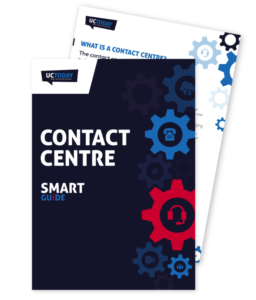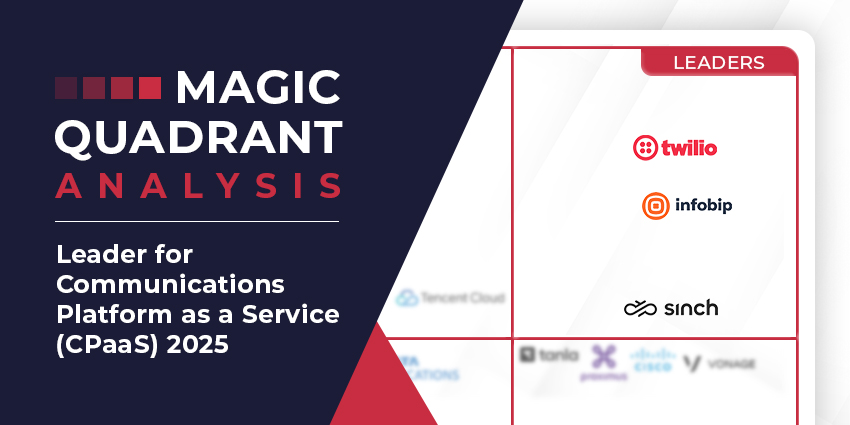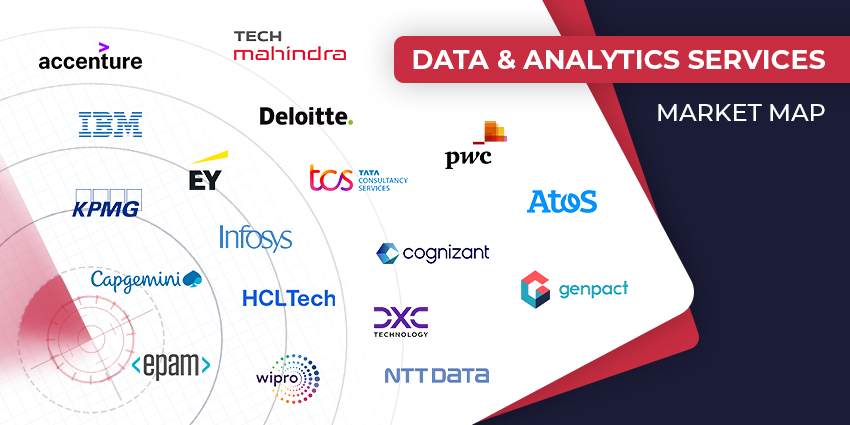
Big data and AI are two crucial components of the tech industry.
97% of companies in a 2018 survey said that they’re interested in investing in AI initiatives. What’s more, Markets and Markets suggest that the Artificial Intelligent market will skyrocket to a value of around $190.61 billion by 2025.
Despite this, only 12% of companies qualify as being “data mature.” This presents a significant problem in the growing world of AI. After all, intelligent machines can’t exist without the right data to educate them.
It’s time for the industry to discover the real power that data and AI can offer when they’re combined into AI analytics.
Analytics and AI are a Perfect Match
The demand for better insights into data is part of the evolutionary shift that lead to the rise of AI. Machine learning models train with gigantic data centres. In return, artificial intelligence is learning how to become more efficient at handling things like data discovery, data preparation, and integration.
AI analytics is a way for today’s businesses to become more “mature” in the way that they use their data. When you have an intelligent system in place to help organise and translate your data for you, it’s possible to draw insights from even the darkest parts of your information base.
Already studies have proven the efficacy of using AI to drive informed data decisions. For instance, 60% of enterprises already use AI to improve processes and reduce costs. More than half of companies also say that AI helps them to get the insights they need to manage risk, improve products and services, and boost customer retention.
Putting the “I” into BI with Artificial Intelligence
Intelligence is everywhere, both in your business and personal life. When you wake up in the morning, you speak to your smart assistant on your phone or set your intelligent coffee machine whirring from your smart app. At work, there are virtual assistants to guide you through your day.
When AI is implemented into analytics, it has the same effect as intelligence has on any other aspect of our lives – it makes analytics more streamlined. Rather than simply finding out what’s happened in the past with your data dashboard, AI can:
- Uncover deeper trends in your data that you never recognised before
- Offer context about a situation and the possible results of future actions
- Provide predictive insights about what you might do next
- Offer real-time analytics during business meetings, customer conversations and more
Augmenting the Analytics Workflow
Ultimately, AI and machine learning are powering the business learning experience. It makes things simpler for companies, business leaders and employees alike. With a future of AI analytics, companies will be able to accelerate their path to discovery, by collecting insights from even the most cluttered and confusing data sets. AI can dip into the darkest parts of your data and pull out information that would have been left untouched by manual processes.
Humans simply aren’t capable of sifting through millions of rows of data to discover the patterns and connections we need to make revolutionary changes. AI, on the other hand, was built to consume data en masse. AI can tell you not just where patterns are, but why they exist and how you can take advantage of them going forward. With predictive analytics, you can access informative guides into the future of your business and improve your chances of better ROI and outcomes.
For instance, by tracking your previous customer service experiences, your AI analytics strategy might let you know that you need to put more investment into omni-channel services, and intelligent routing. AI takes the complexity out of accessing real, insightful information from your data.
Embracing AI Analytics
Today, we’re collecting more information than ever before.
As the world continues to invest in new forms of communication, not just between people, but with processes and things too, the amount of data we’ll have access to will be astronomical. IoT and other innovative new concepts are delivering potentially unlimited insights into business environments, consumers, and the world around us.
With AI analytics, companies can make use of these scores of data in their systems. Not only that, but they can even set strategies in place to ensure that the data they collect is safe and compliant too. After all, with GDPR and other regulations to consider, it’s not just what you collect that’s important, but how you manage the information you have access to.







